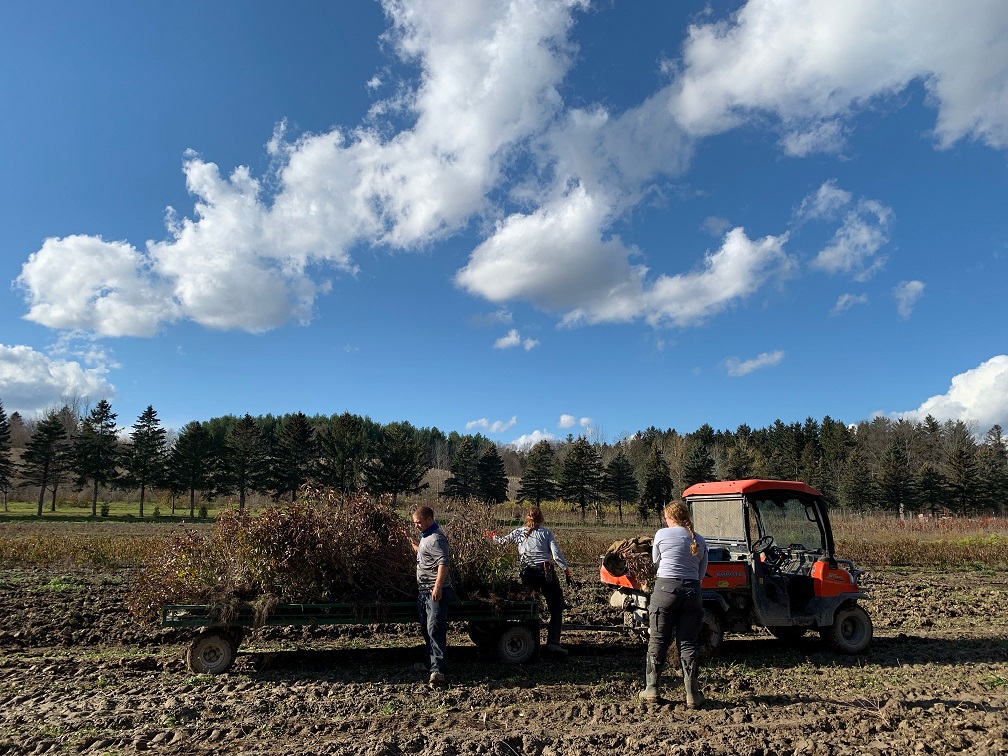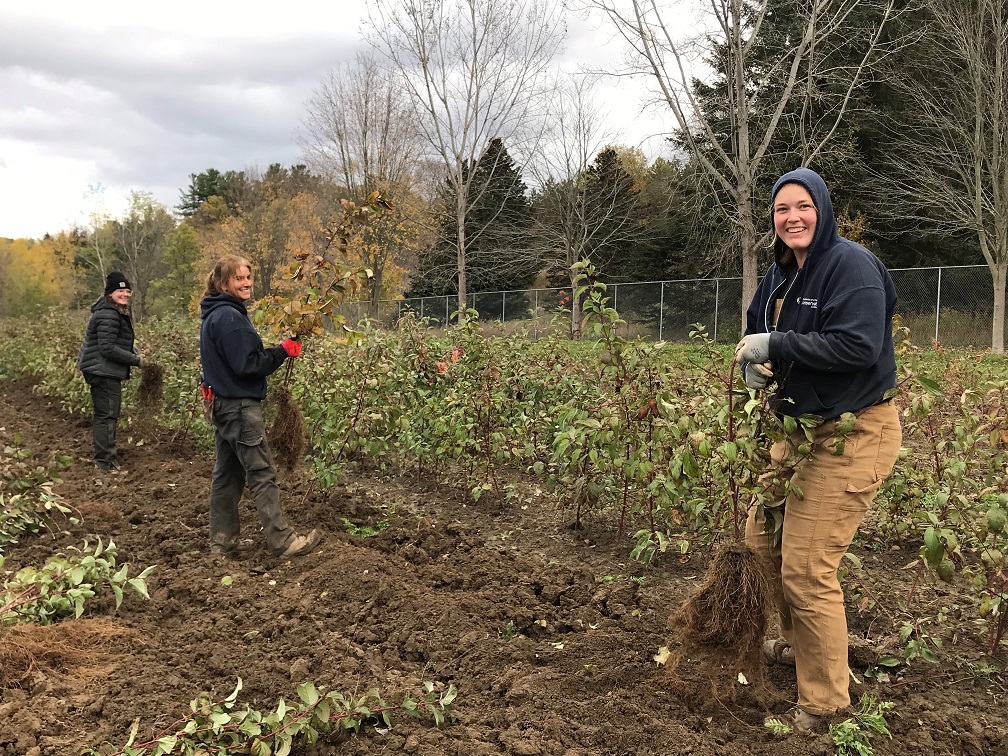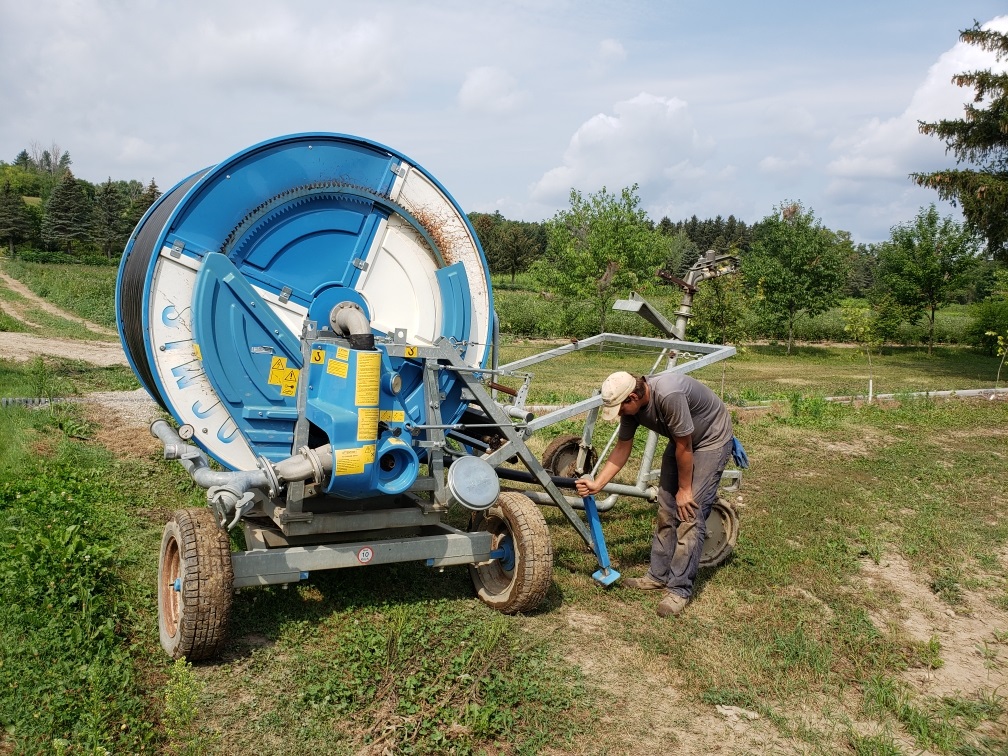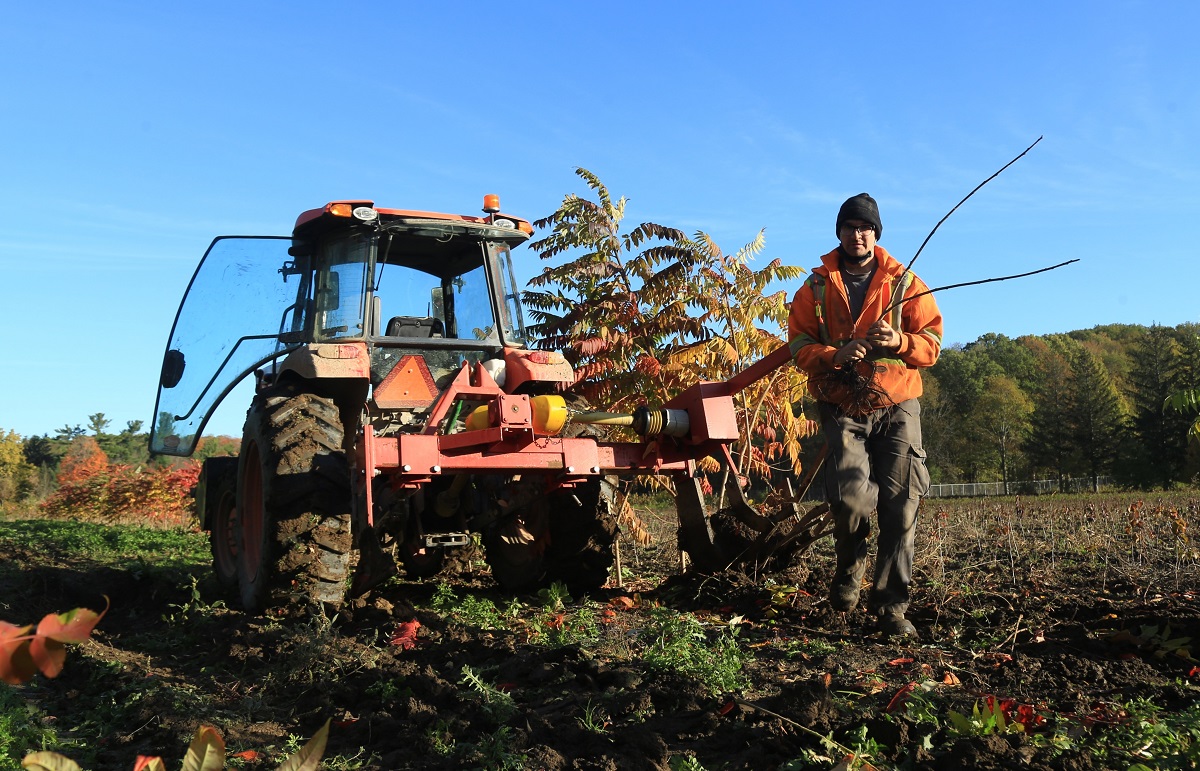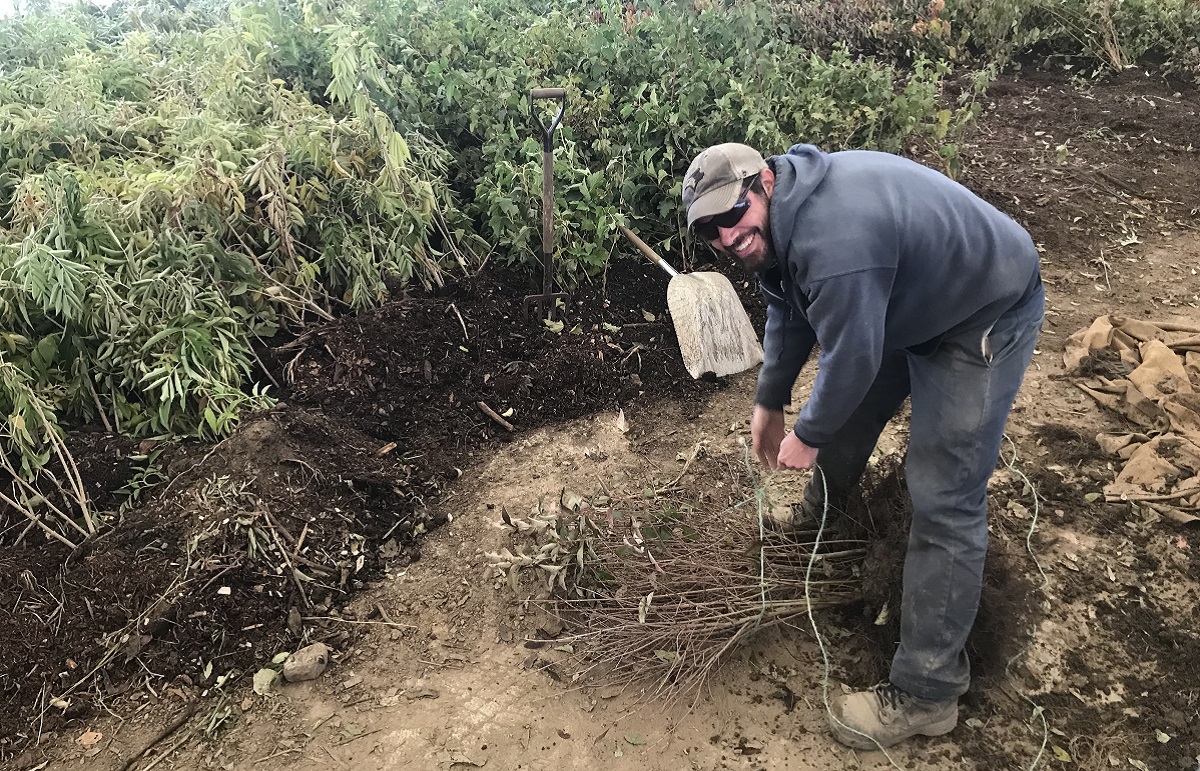Staff Feature – Nursery Staff
December 17, 2021
Whether you are looking for plants for your restoration project, require some bioengineering material to help stabilize your rock buttress, or just have some general questions regarding plants to help you or your team attain your restoration goals, look no further than your friendly neighborhood Nursery Production team.
The team is made up of a tight-knit group of experienced staff, some of whom have been working together for more than 10 years.
Waylon D’Souza
Adisson Dunn
Graeme Frelick
Mackenzie Gervais
Robert Makinen
Aleksandra Navarro
David Owen
Emily Weatherston
The team collectively manages a 25-acre nursery comprised of eight main growing fields, a seed orchard, two seedling production fields, and two fields dedicated to the production of willow canes for bioengineering and propagation material.
These fields are worked and maintained via a program of manual and mechanical vegetation management and cultivation.
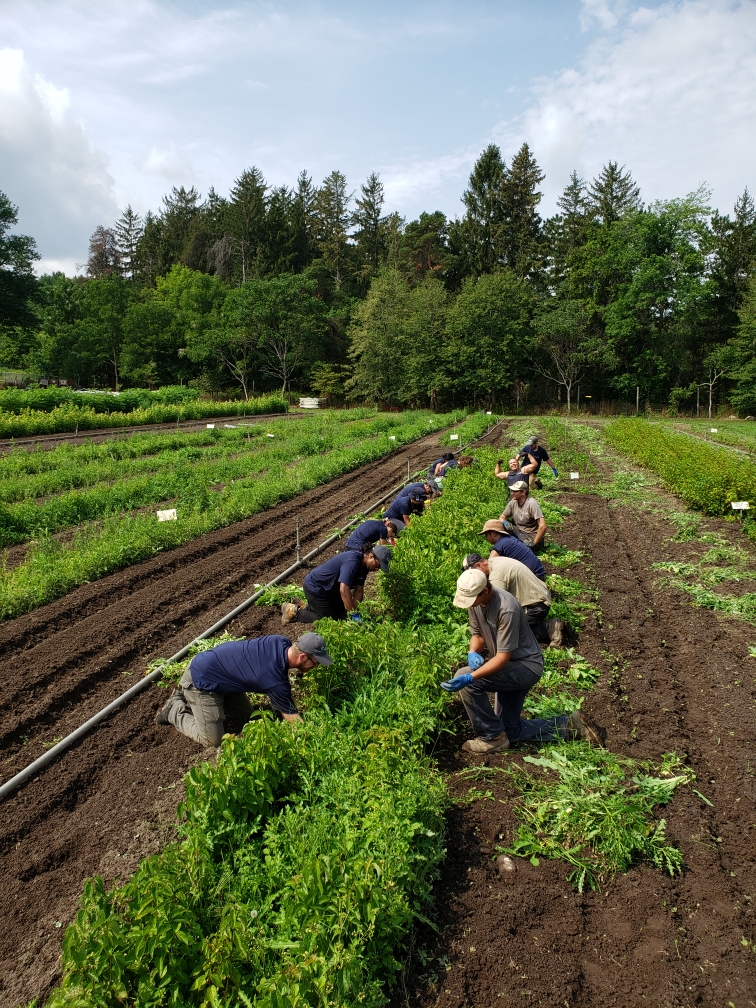
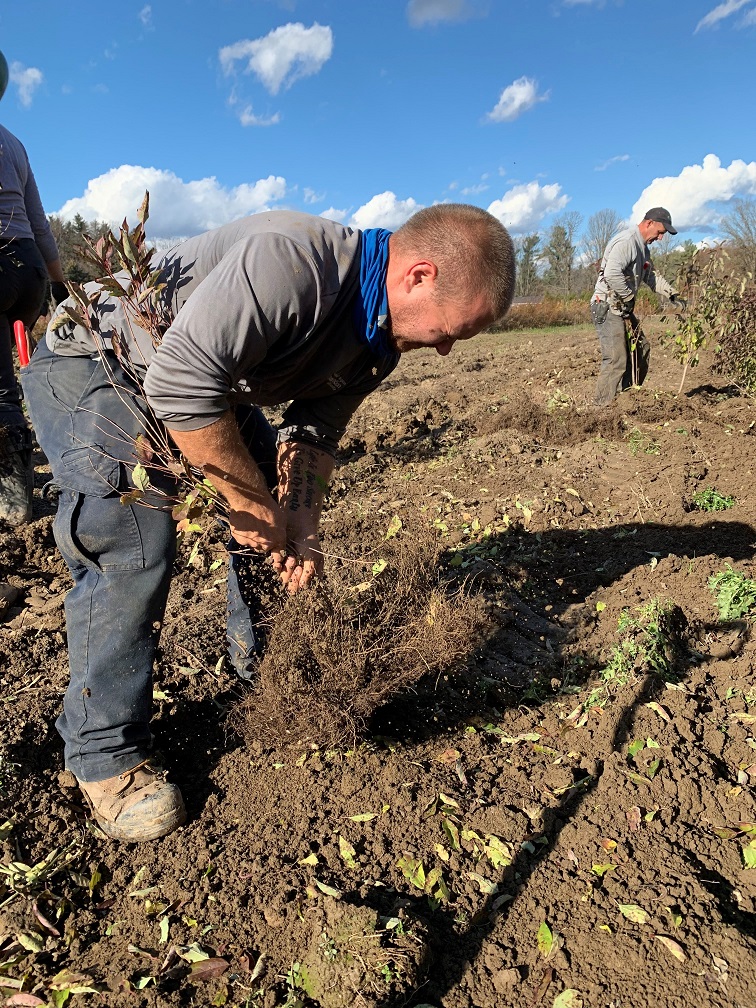
2021 was a massive planting year, with the team supporting more than 270 planting projects by providing various plants materials. These ranged from bare root trees and shrubs, container grown trees and shrubs, wildflowers, grasses, aquatic plants, and bioengineering materials in the form of live willow stakes and plugs.
The demand for plant material has been so great that the typical yearly practices of green manuring and “resting” fields have, at times, taken a back seat. We are happy to say that in 2021, the team reinitiated this sustainable practice by sowing a substantial cover crop of sorghum and finally providing sections of fields a well-deserved rest.
In addition to the benefits provided by green manures, we noticed an improvement in soil structure and workability this year due to the addition of a locally sourced soil amendment we began experimenting with in 2019-2020.
Soil Management
One of the challenges of maintaining such a high output of quality plant material from our 25-acre nursery on a yearly basis is maintaining soil arability. The natural phenomena of soil loss through erosion, the occurrence of compaction, and the loss of nutrients through constant plant uptake are all obstacles that require yearly remedy.
According to Tyler Cathcart: “In-house experimentation and testing conducted by the nursery team over the last several seasons, combined with consultation with our aggregate supplier and local sawmills, has led us to identify a product consisting of ‘aged pine bark fines’, a byproduct of lumber processing which has proved to be an excellent soil amendment.”
Whether early in the spring before the fields have been planted or in the late fall once the year’s production of plants has been harvested, this amendment is spread throughout the nursery in areas that have been identified as in need of remediation.
Once applied to the surface of the field, the process of sub-soiling, ploughing, and cultivating allows the amendment to mix with the native soil and be carried down into the root-zone where it can provide nutrients and a soil consistency, or “tilth”, that is more conducive to strong and vigorous root growth.
Below you can see a snapshot of the amendment process and Tyler assessing soil conditions to identify areas in need of amendment.
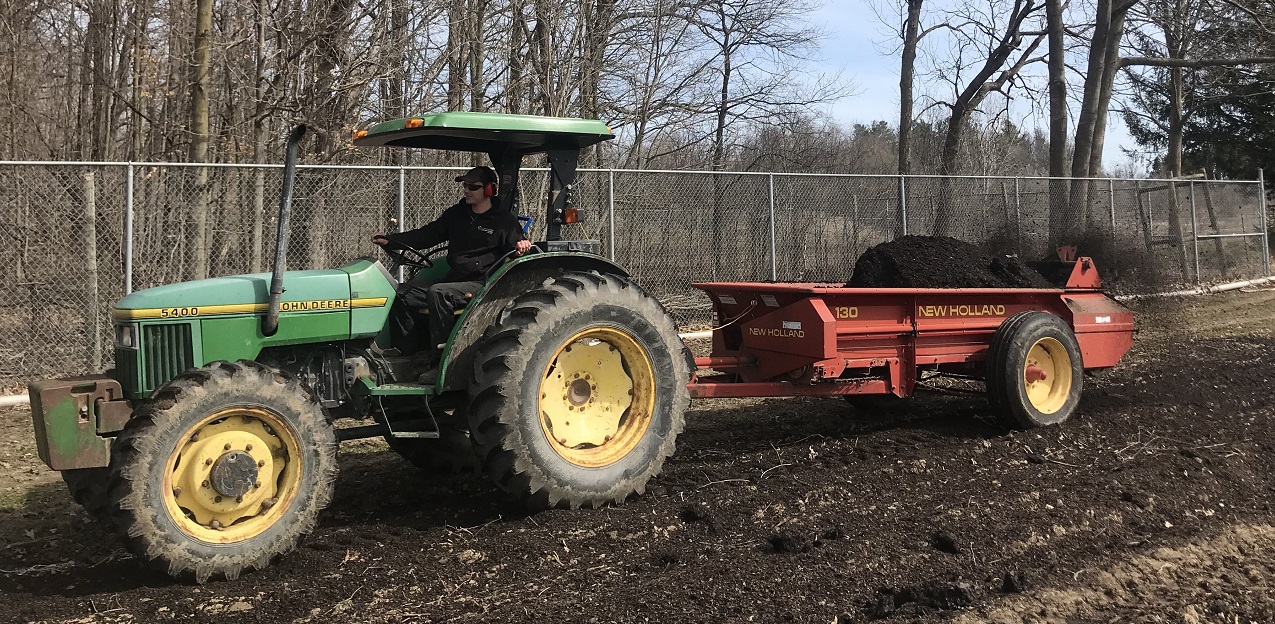
Bioengineering Field Renovation
The demand for quality bioengineering materials has been on a steady incline. Over the years, the biomass harvested from our aging willow plants that are coppiced biennially has been on a slow decline. In 2019 the team put together a renovation plan and increased production of priority species.
“In order to ensure material is locally sourced and identified, propagation stock was collected from our existing bioengineering fields, and through our partnership with Credit Valley Conservation’s nursery, bare root river and shining willow were potted and grown on into larger multi stemmed plants,” says Superintendent Graham Hush.
Meanwhile, older willow plant material was removed from the field, and just a few weeks ago the team restructured and replanted both species with the plan of increasing total production numbers for our users.
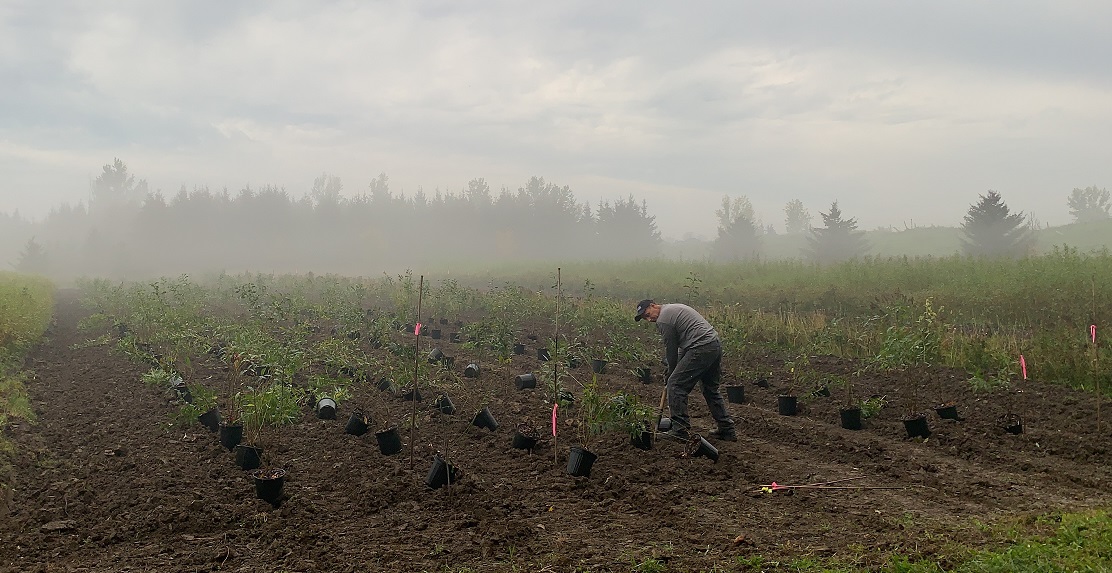
Tilia americana Trial
We are excited to see the outcome of our tilia americana or basswood propagation trial. Our team scouted high and low, visiting our documented basswood seed trees, and were able to collect a total of 19L of seed. TRCA Nursery staff have been propagating the species for years with inconsistent results.
The propagation of tilia americana is complicated by a seed biology that features an impermeable seed coat, very tough pericarp, and a dormant embryo. Based on existing research and utilizing 8 new methods, including the use of acid treatments, mechanical scarification, and plant growth hormones, we hope to improve germination success.
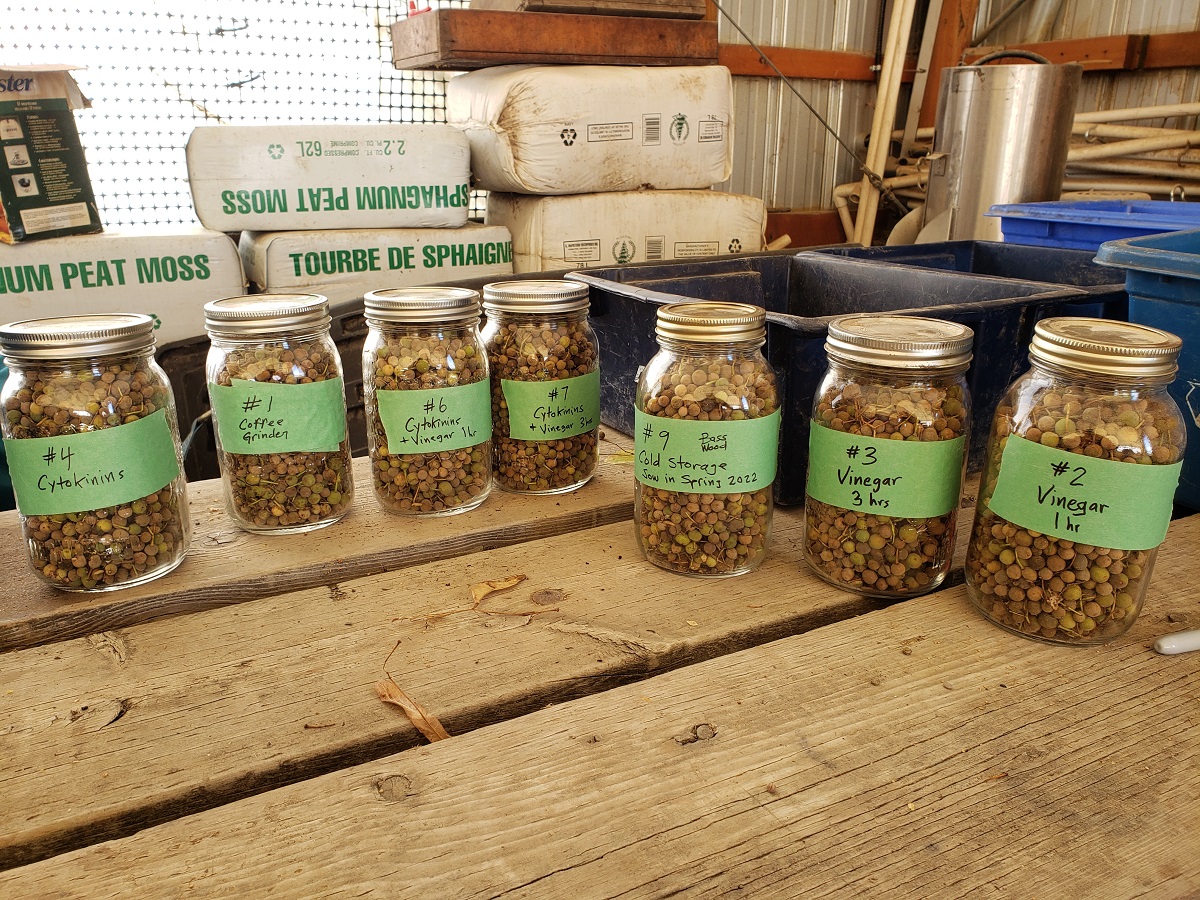
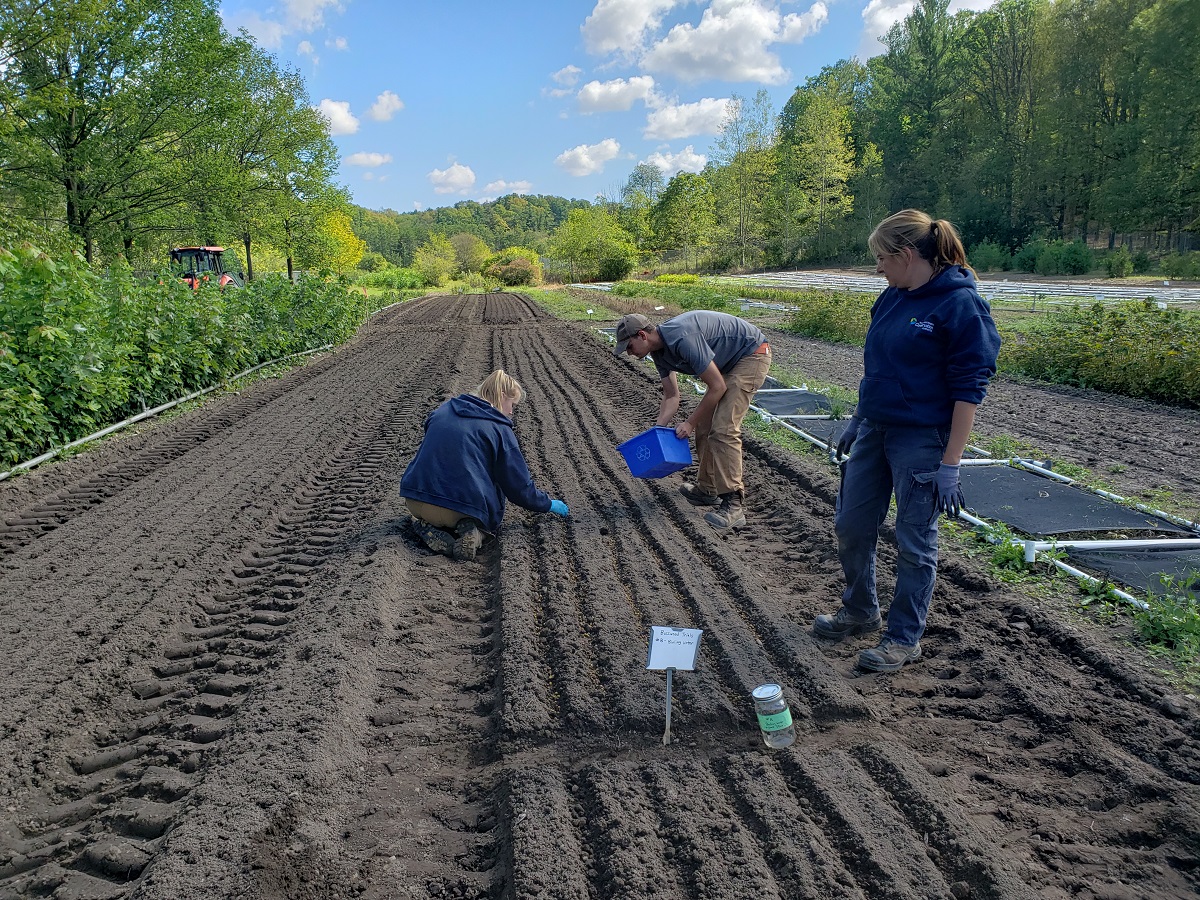
Seed Collection
Locally sourced plant material has been and will continue to be in the spotlight, and will eventually be the standard for restoration purposes in the years to come. Under the shadow of a changing climate, locally sourced and genetically resilient plant material will have the best chance to weather what is ahead.
“Nursery staff devote considerable time every year scouting and collecting native seed sources. Some species are hard to find due to yearly weather variables and natural seed-crop cycles,” says Nursery Technologist David Owen. “This season, we coordinated with staff from Forestry Services and Ecosystem Management to locate, identify, and collect some elusive species such as red oak, bitternut hickory, and sugar maple. Moving forward, this type of collaboration between units will increase our stock of source identified native seed and allow us to produce a higher quantity and quality of plant material.”
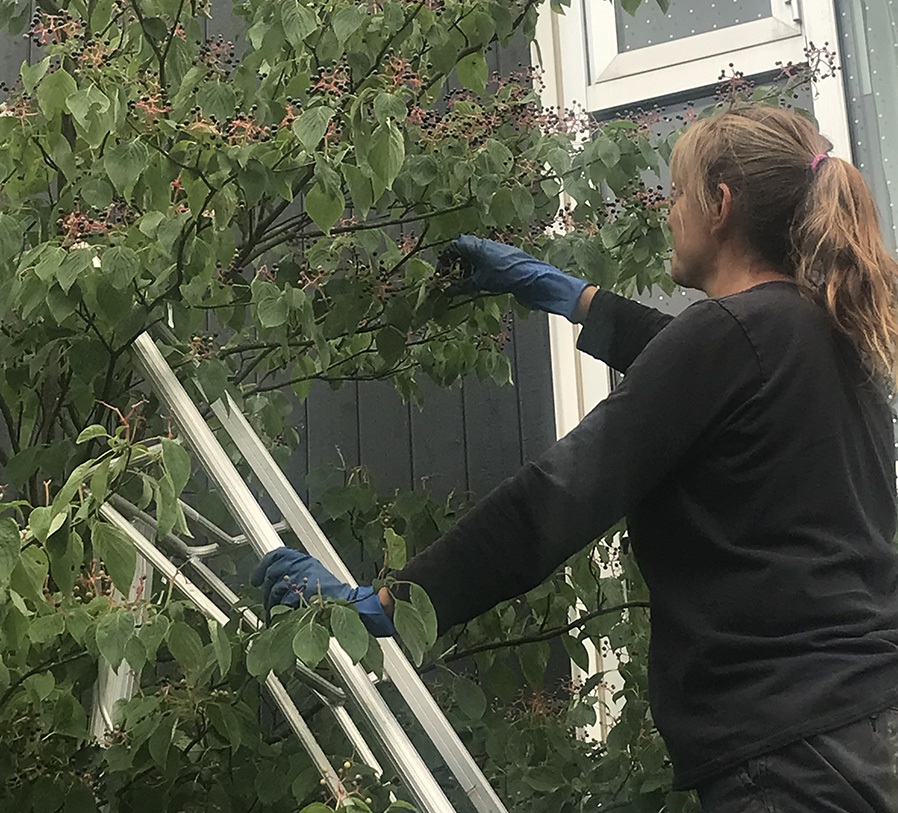
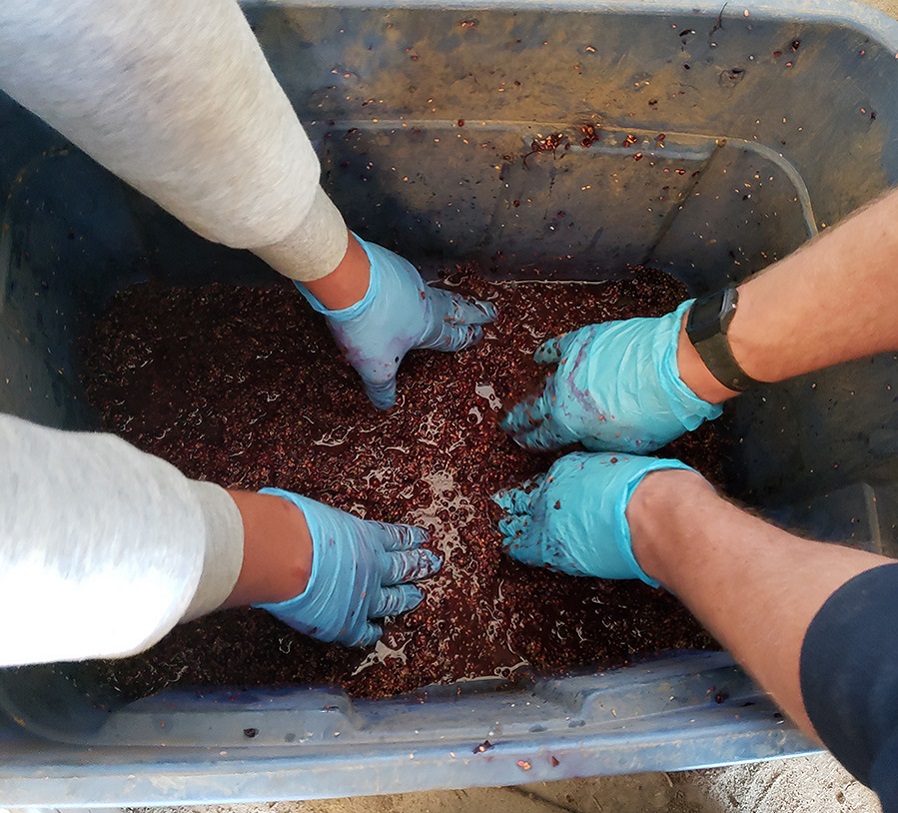
“I have never been more proud of this team. Their dedication and cohesive dynamic just keeps evolving year after year,” says Superintendent Waylon D’Souza. “I would also like to recognize the planting staff, coordinators, project managers, and managers that plan and implement the projects that fuel our desire to propagate high quality, resilient plants that exceed their restoration objectives.”
